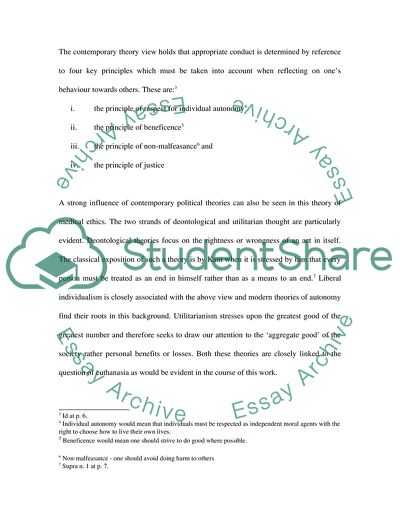Cite this document
(“Medical Negligence & Malpractice Essay Example | Topics and Well Written Essays - 3000 words”, n.d.)
Retrieved from https://studentshare.org/health-sciences-medicine/1538799-medical-negligence-malpractice
Retrieved from https://studentshare.org/health-sciences-medicine/1538799-medical-negligence-malpractice
(Medical Negligence & Malpractice Essay Example | Topics and Well Written Essays - 3000 Words)
https://studentshare.org/health-sciences-medicine/1538799-medical-negligence-malpractice.
https://studentshare.org/health-sciences-medicine/1538799-medical-negligence-malpractice.
“Medical Negligence & Malpractice Essay Example | Topics and Well Written Essays - 3000 Words”, n.d. https://studentshare.org/health-sciences-medicine/1538799-medical-negligence-malpractice.


